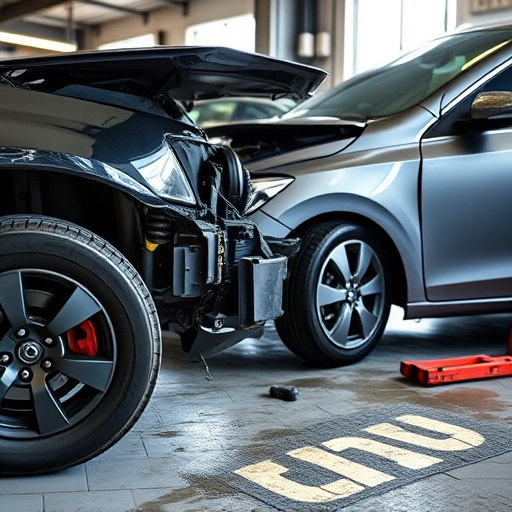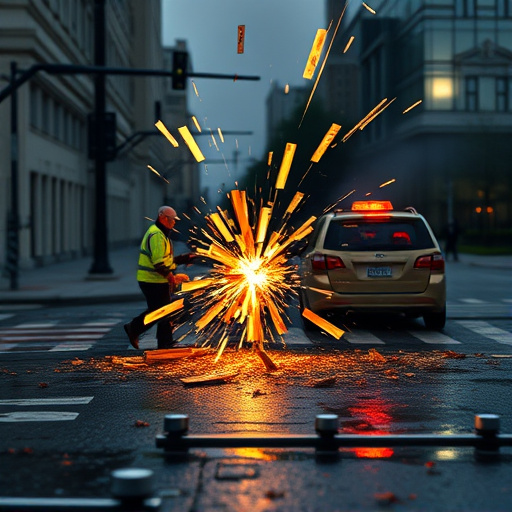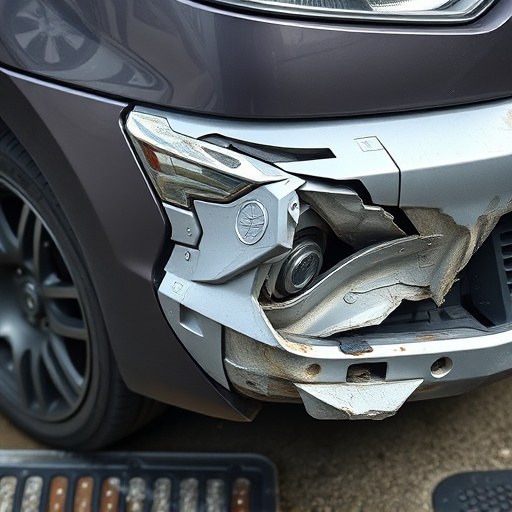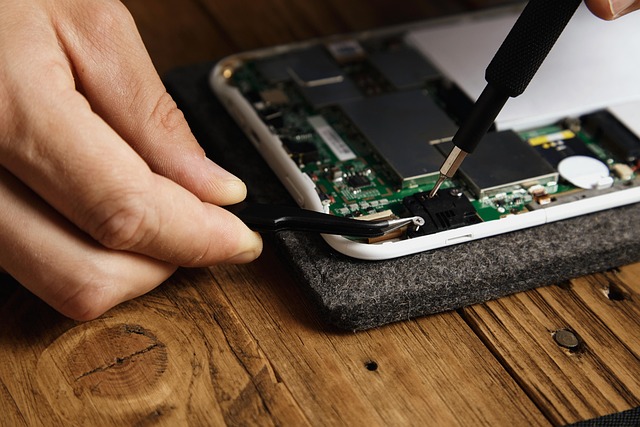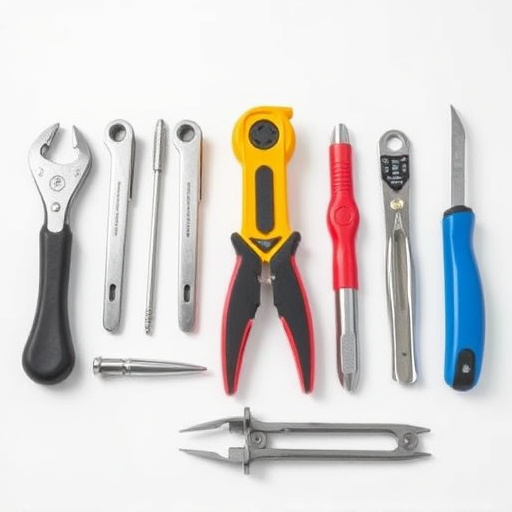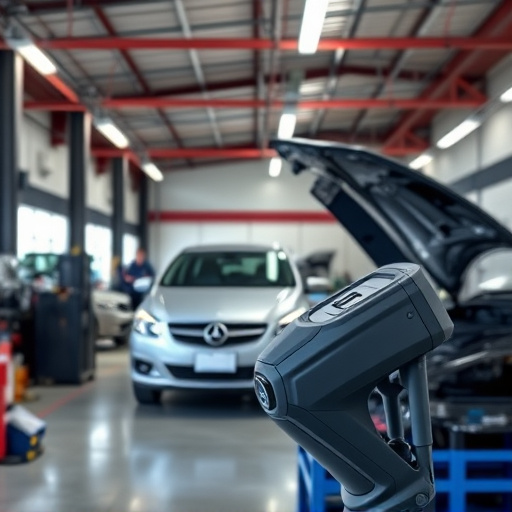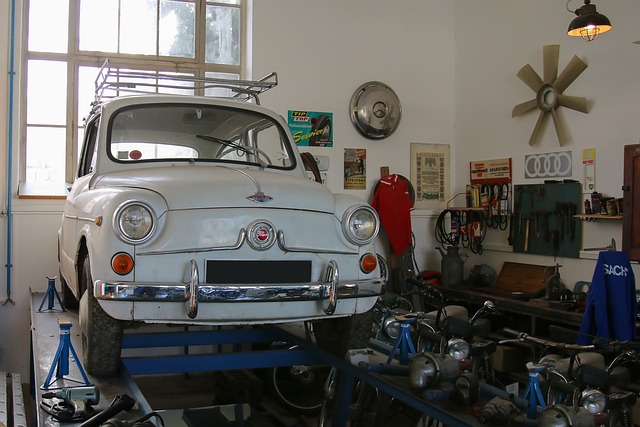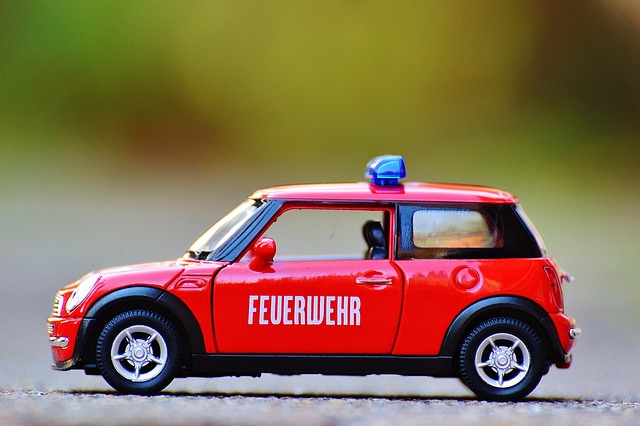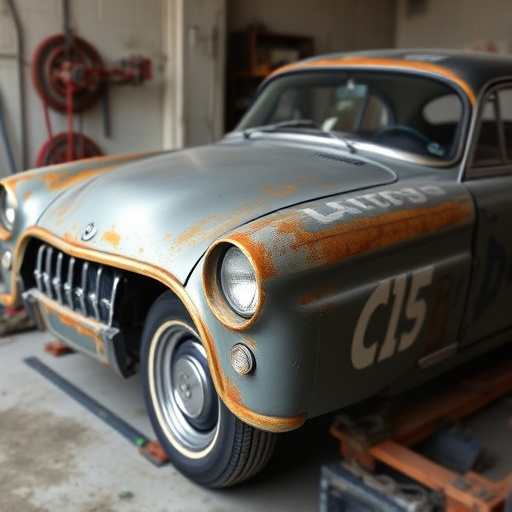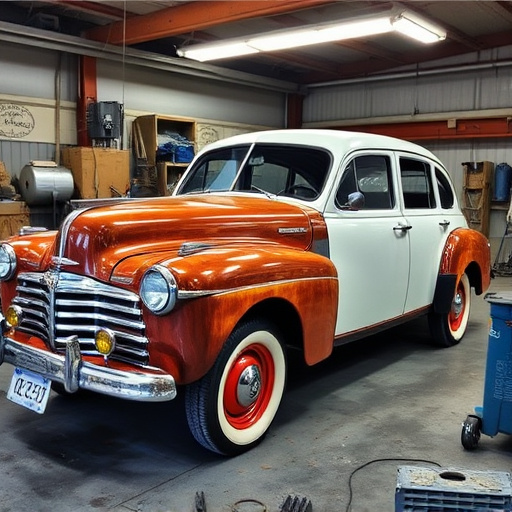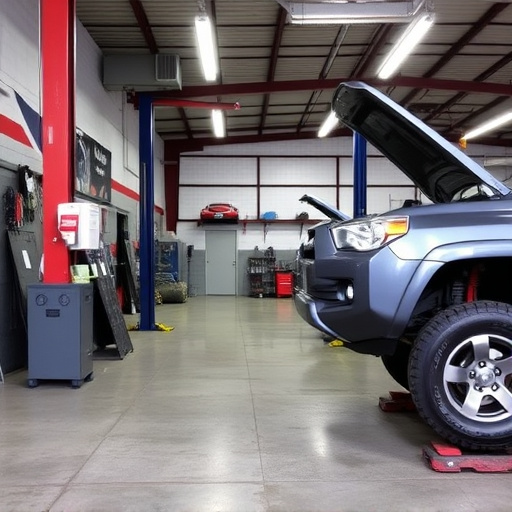Waterborne paint systems, popular for their environmental benefits and superior performance in automotive painting, dry faster due to efficient evaporation aided by proper air circulation managed with humidifiers and heaters. These tools reduce drying times, minimizing imperfections and increasing productivity in collision repair centers. Heaters further expedite the process, making waterborne paint systems a preferred choice for professionals seeking fast turnaround times and high-quality finishes, especially in auto glass replacement services.
Waterborne paint systems have gained popularity due to their environmental friendliness and health benefits. Unlike traditional paints, they dry through evaporation, a process sensitive to ambient conditions. This article explores how humidifiers and heaters play pivotal roles in accelerating drying times for waterborne paints. By understanding the unique characteristics of these paints and the technology employed to assist their drying process, professionals can ensure faster project completion and superior finish quality.
- Understanding Waterborne Paint Systems and Their Unique Drying Process
- The Role of Humidifiers in Accelerating Waterborne Paint Drying Times
- Heaters: Enhancing the Drying Efficiency of Waterborne Paints
Understanding Waterborne Paint Systems and Their Unique Drying Process
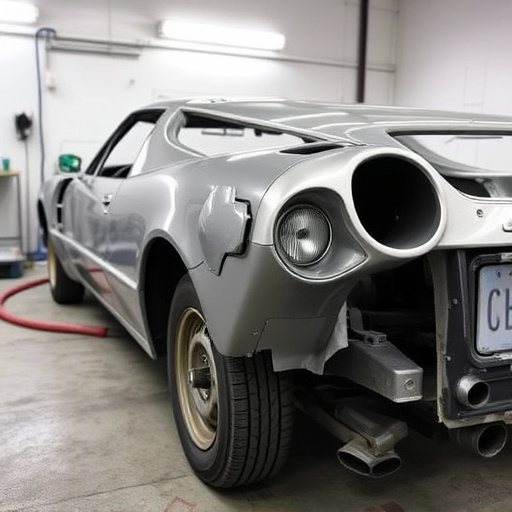
Waterborne paint systems have gained popularity in recent years due to their environmental friendliness and superior performance compared to traditional solvent-based paints. These innovative systems use water as a carrier for the pigments and resins, offering a cleaner and safer application process. However, understanding their unique drying process is essential to ensure optimal results, especially when it comes to car scratch repair or any automotive painting services.
Unlike solvent-based paints that evaporate quickly, releasing volatile organic compounds (VOCs), waterborne paints cure through a complex chemical reaction. The water gradually evaporates, allowing the paint film to dry and harden. This process is influenced by various factors like temperature, humidity, and air circulation. Therefore, in car repair shops or any setting where waterborne paints are used, incorporating tools such as humidifiers and heaters can significantly assist in managing this drying time.
The Role of Humidifiers in Accelerating Waterborne Paint Drying Times
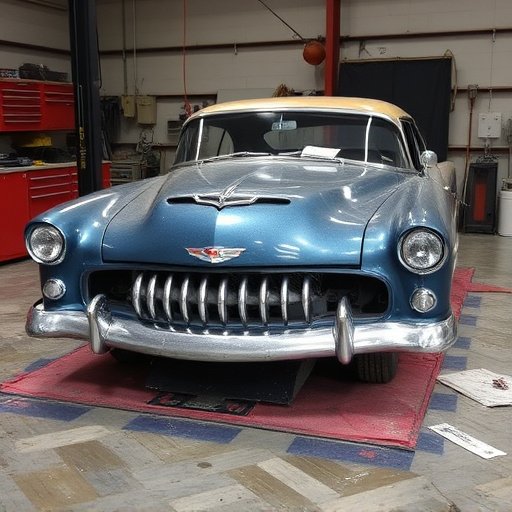
Waterborne paint systems have gained popularity in various industries, including automotive and collision repair centers, due to their environmental friendliness and superior performance. In the process of drying, waterborne paints rely on both efficient evaporation and proper air circulation. Humidifiers play a crucial role here by increasing the humidity level in the work environment, which aids in faster solvent evaporation from the freshly painted surface. This is particularly beneficial in controlled vehicle dent repair settings where maintaining optimal conditions is essential for achieving high-quality finishes.
By introducing controlled moisture into the air, humidifiers reduce the time required for waterborne paint to dry, ensuring efficient workflows in vehicle repair processes. This not only speeds up production but also minimizes the risk of imperfections caused by slow drying, such as visible brush strokes or uneven textures. Efficient drying times contribute significantly to the overall productivity and profitability of collision repair centers, allowing them to service more vehicles with superior results.
Heaters: Enhancing the Drying Efficiency of Waterborne Paints
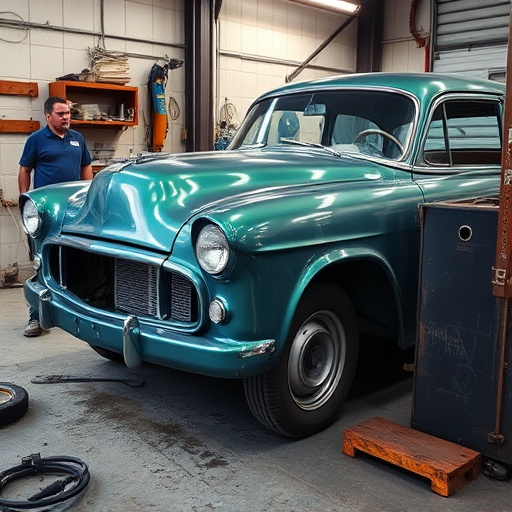
Heaters play a significant role in accelerating the drying process for waterborne paint systems, which are increasingly popular in various industries due to their environmental friendliness and performance benefits. Unlike traditional solvent-based paints, waterborne paints emit fewer volatile organic compounds (VOCs), making them a preferred choice for many professionals, especially in auto maintenance and collision repair sectors. By integrating heaters into the painting process, technicians can ensure faster drying times without compromising on quality. This is particularly crucial in auto glass replacement scenarios where quick turnaround times are essential to meet customer demands.
The presence of heaters helps reduce the surface tension of waterborne paint, enabling it to dry more evenly and quickly. They provide additional heat energy required for the evaporation of water from the paint’s surface, thereby minimizing the time needed for natural air drying. This enhancement in drying efficiency not only expedites the overall painting process but also reduces the risk of defects such as bubbles or uneven finishes that can occur when paints are left to dry without adequate heating support.
Waterborne paint systems offer an eco-friendly and efficient alternative to traditional coatings, but their drying process can be lengthy. This article has explored how humidifiers and heaters play pivotal roles in accelerating these times. By controlling humidity levels, humidifiers prevent the formation of drips and cracks, ensuring a smooth finish. Heaters further enhance drying efficiency by providing targeted heat, reducing cure times significantly. Integrating these tools into painting practices can lead to faster project completion, improved productivity, and higher-quality results for waterborne paint applications.

